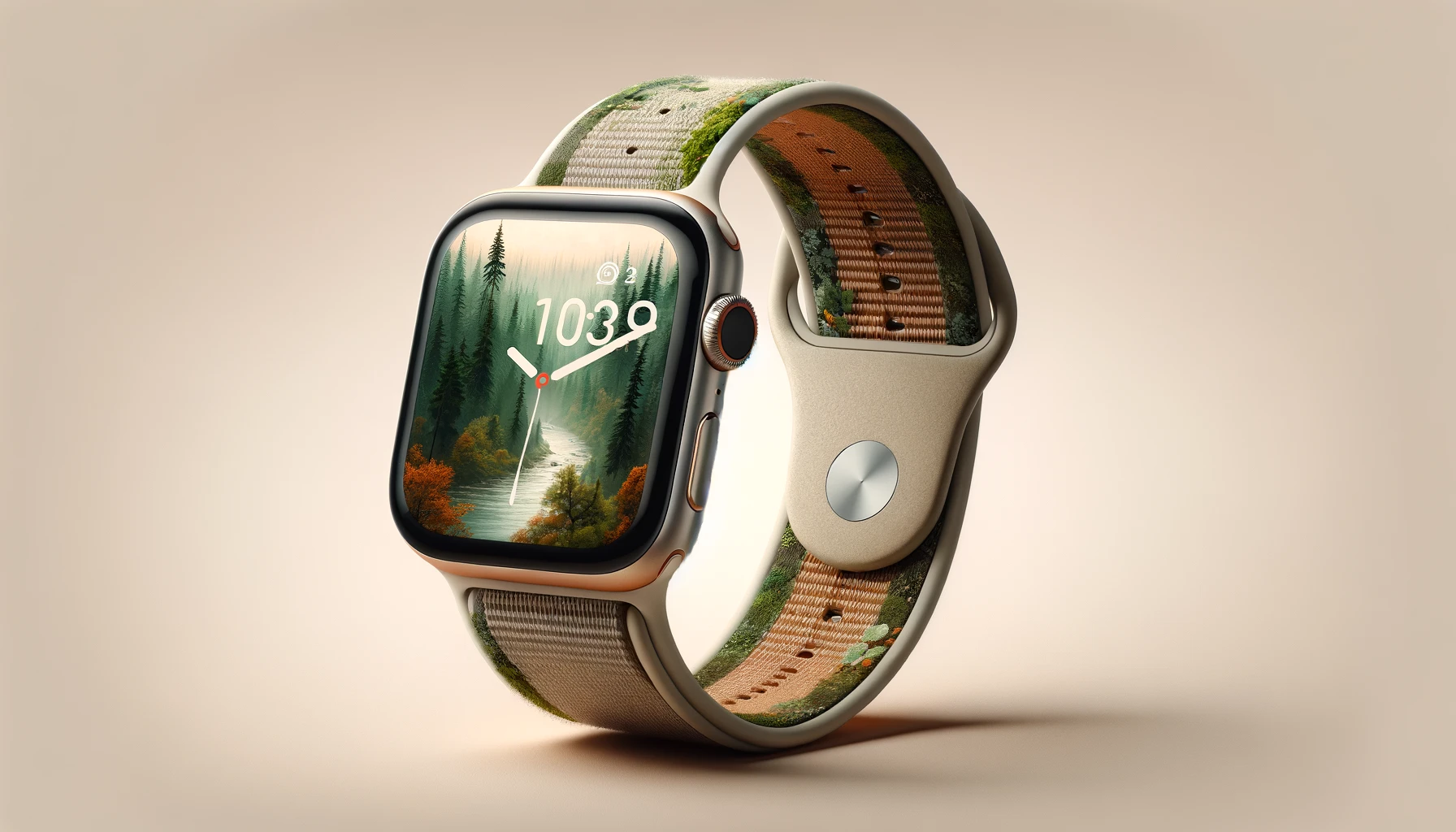In a groundbreaking development, Apple has secured a patent for an Apple Watch feature designed to detect when a user is in danger of drowning. This advanced technology is anticipated to enhance the safety features of the popular wearable device, offering a potential lifeline for swimmers and divers by recognizing distress signals and initiating emergency protocols. As wearable technology continues to integrate deeper into daily life, features prioritizing user safety become increasingly vital, cementing Apple’s commitment to innovative solutions that extend beyond mere convenience.
Historical Context of Wearable Technology Safety Features
The journey towards integrating safety features in wearable technology has been evolutionary. Previous iterations of the Apple Watch included heart rate monitoring and fall detection, which have already saved lives. Numerous stories have surfaced about these features alerting users to potential health issues or contacting emergency services after a fall. The proposed drowning detection technology represents the next step in this ongoing effort to enhance user safety. The implementation of such features underscores the potential of wearable devices to not only serve as fitness trackers or communication tools but also as guardians of personal well-being.
Insights from Related Reports
Exploring related advancements, a report by Wired titled “The Next Wave of Smart Watches Will Be a Lot More Attentive to Your Health” shares insights into the broader industry’s focus on health monitoring. Similarly, Engadget’s article, “Fitbit’s Newest Fitness Tracker Goes After the Apple Watch with Stress Management Features”, discusses the competition to provide sophisticated health and safety monitoring in wearables. These articles reflect an industry-wide trend towards wearables as proactive health guardians, with companies like Fitbit also stepping up efforts to offer comprehensive well-being tools to users.
Emerging Features Expanding Wearable Capabilities
The drowning detection feature is expected to work by analyzing wrist trajectory, water pressure, and other factors that may indicate a user is submerged and unable to swim. Should these conditions be met, the device could autonomously contact emergency services, potentially saving the user’s life. This innovation is part of a larger trend where tech giants are racing to equip wearables with a diverse array of health and safety functions, from electrocardiogram (ECG) readings to blood oxygen level monitoring, transforming these devices into indispensable health companions.
Useful Information for the Reader
- Apple Watch’s potential to detect drowning may reduce aquatic fatalities.
- Features like fall detection have established wearables as life-saving tools.
- Competition in the market drives the expansion of safety-oriented technology.
As wearables like the Apple Watch introduce features like drowning detection, they redefine the scope of personal safety devices. This particular function could particularly benefit individuals who engage in water sports or work in aquatic environments. By providing an automatic distress signal capability, the technology promises not only to protect lives but also to offer peace of mind to users and their loved ones. In essence, the integration of such life-saving features underscores the potential of wearable technology to act as a guardian in critical situations, reflecting the industry’s shift towards prioritizing user safety alongside health tracking and communication.










